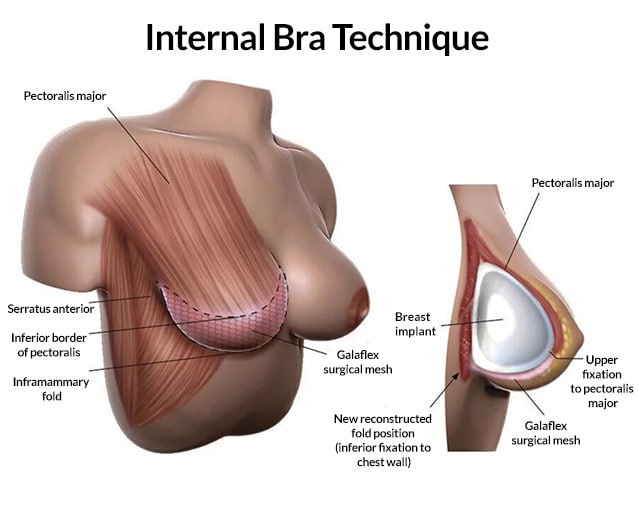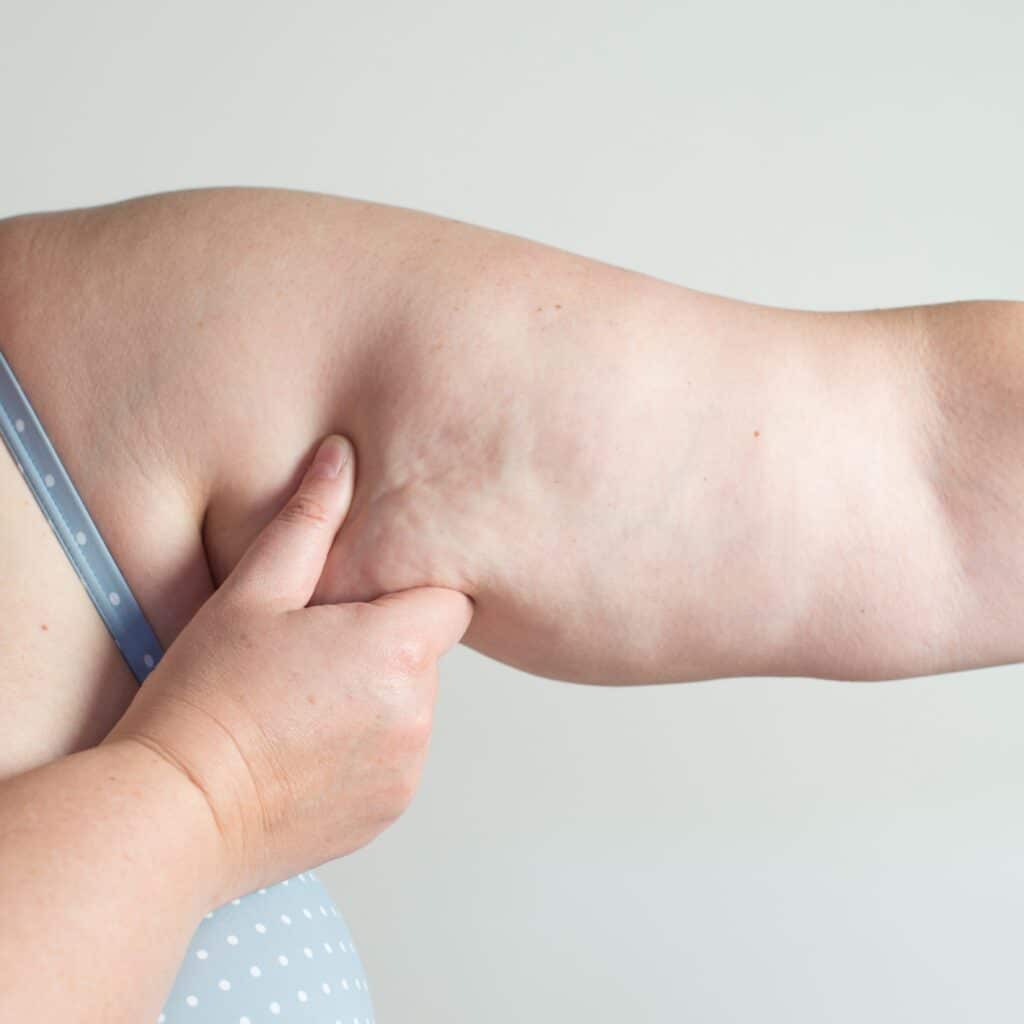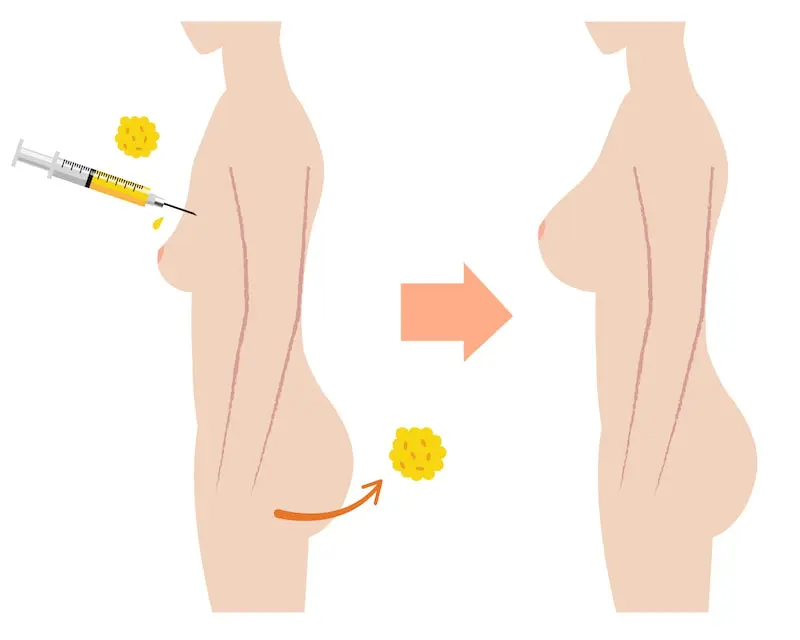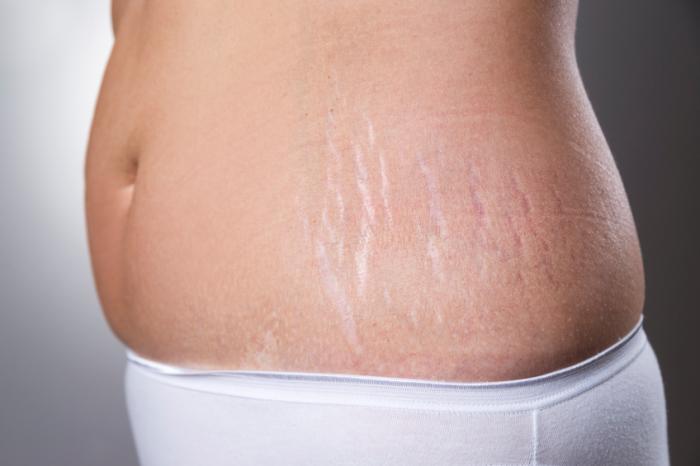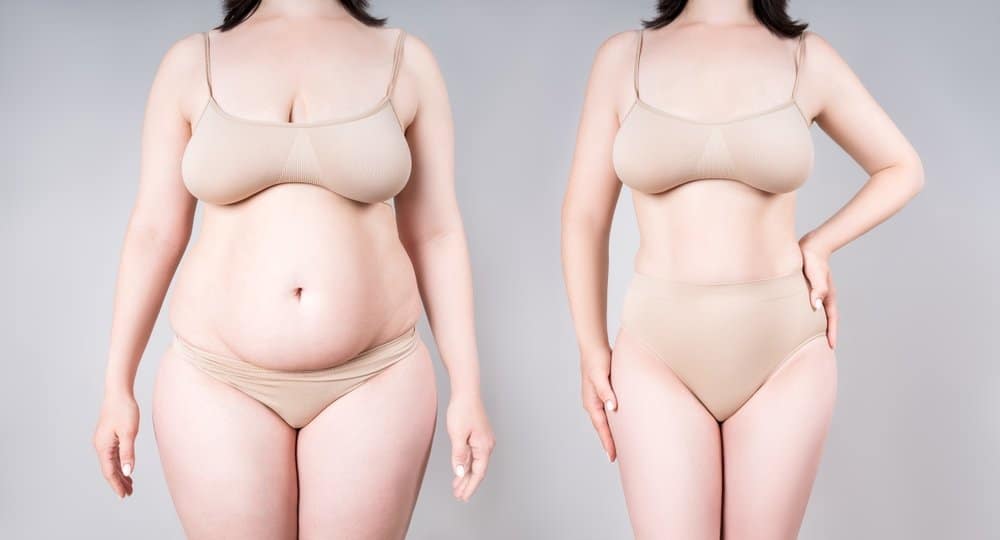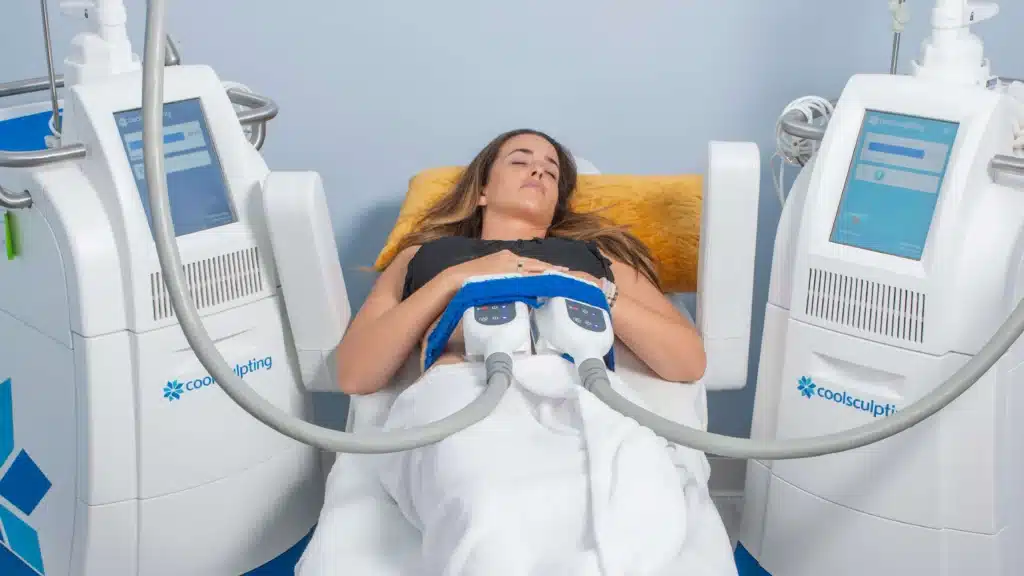Did you know that over 80% of transgender individuals seek some form of body modification? For these patients, BBL (Brazilian Butt Lift) offers a unique opportunity to enhance their bodies and align with their gender identity. Personalized approaches in BBL procedures are crucial for achieving desired outcomes. Each patient, including men seeking body contour and masculinizing surgery, has different needs and goals, making tailored solutions essential.
Surgeons must consider individual anatomy, skin quality, and personal preferences. This ensures safe, effective results for men that boost confidence and self-esteem. Understanding the nuances of BBL for transgender patients helps create a supportive environment where everyone feels valued. Explore how personalized techniques can transform lives and help individuals embrace their true selves.
Key Takeaways
- Transgender patients seeking body contouring should consider personalized approaches that align with their unique goals and body types.
- A Brazilian Butt Lift (BBL) can enhance feminine curves, but potential candidates must weigh the benefits against risks and recovery time.
- Techniques for feminizing body shape can vary; discussing options with a qualified surgeon can help tailor the procedure to individual needs.
- Hormone therapy plays a significant role in shaping body contours and should be coordinated with surgical plans for optimal results.
- Emotional and psychological benefits of body contouring can be profound, improving self-esteem and overall quality of life for transgender individuals.
- Choosing the right surgeon is crucial; look for professionals experienced in transgender care and body contouring to ensure safe and satisfying outcomes.
Understanding Transgender Body Contouring
Importance of Contouring
Body contouring plays a key role for transgender individuals. It helps align physical appearance with gender identity. Many seek surgeries to feel comfortable in their bodies. This process can boost self-esteem and overall well-being.
Transgender patients often desire a more feminine or masculine silhouette. For transgender women, achieving a feminine body contour is crucial. Procedures might include breast augmentation and liposuction. These surgeries create curves that match their gender identity.
Transgender men may focus on defining a masculine body. They often undergo procedures like chest masculinization and liposuction to achieve a flat chest and enhanced muscle definition. Each surgery aims to create new body contours that reflect the individual’s identity.
Techniques for FTM and MTF
The techniques used in body contouring differ significantly between FTM and MTF individuals. Transgender women typically have surgeries that enhance feminine features. Common procedures include:
- Breast augmentation
- Facial feminization
- Body sculpting
These procedures help create softer lines and curves.
In contrast, transgender men often seek to remove breast tissue. Chest masculinization is a common procedure. Some may also opt for body sculpting to emphasize muscle tone. This helps achieve a more traditionally masculine appearance.
Each technique requires careful planning and execution. Surgeons must consider individual anatomy and desired outcomes. The goal is to create natural-looking results that align with the patient’s vision.
Personalized Approaches
Personalized approaches are essential in transgender plastic surgery. Every patient has unique goals and needs. Their experiences shape their desires for body contours.
Surgeons work closely with patients to develop tailored plans. They assess individual body types, skin elasticity, and overall health. This ensures each procedure suits the patient’s specific requirements.
For example, some transgender women may want subtle changes, while others desire dramatic transformations. Surgeons must understand these preferences deeply.
Consultations play a vital role in this process. During these meetings, surgeons discuss options, risks, and expected outcomes. Patients can express their concerns and desires openly.
Creating an individualized plan leads to better satisfaction rates among transgender patients. When they feel heard, they are more likely to achieve their ideal body contours.
Brazilian Butt Lift Explained
Fat Transfer Process
The Brazilian Butt Lift (BBL) involves a process known as fat transfer. First, surgeons remove excess fat from other areas of the body. Common areas include the abdomen, thighs, and hips. They use liposuction to extract this fat. After extraction, they purify the fat for injection.
Surgeons carefully inject the purified fat into specific areas of the buttocks. This creates a fuller and more rounded appearance. The procedure allows for precise shaping of the buttocks. Surgeons can adjust the volume according to the patient’s desires. This method gives a natural look compared to implants.
Natural Results
Using a patient’s own fat for the BBL offers several benefits. The results appear more natural than synthetic implants. The body accepts its own fat better, reducing the risk of rejection. Patients often report feeling more satisfied with their results.
Fat transfer also allows for contouring in multiple areas. Patients can achieve not only fuller buttocks but also slimmer thighs or waists. This dual benefit enhances overall body proportions. Many patients appreciate how this method avoids foreign materials in their bodies.
Pre-surgical Planning
Pre-surgical planning is crucial for successful outcomes in BBL procedures. A thorough consultation helps tailor the surgery to each patient’s needs. During this meeting, patients discuss their goals and expectations with their surgeon.
Surgeons evaluate the patient’s body type and skin elasticity. They assess potential donor sites for fat removal. This step ensures enough fat can be harvested for effective transfer to the buttocks.
Patients should also disclose any medical history or medications that may affect surgery. Understanding these details helps surgeons minimize risks during the procedure.
A well-planned approach leads to better results and fewer complications. Patients who engage actively in their pre-surgical planning tend to have higher satisfaction rates post-surgery.
In summary, a Brazilian Butt Lift provides personalized results through fat transfer techniques. The process allows for natural-looking enhancements while addressing individual goals through careful planning and consultation.
Techniques for Feminizing Body Shape
Breast Augmentation
Breast augmentation plays a significant role in achieving a feminine body shape. This procedure enhances breast size and shape, creating a more feminine silhouette. Surgeons use implants or fat grafting to achieve desired results.
Fat grafting involves taking fat from other body areas and injecting it into the breasts. This method creates a natural look and feel. Many transfeminine patients prefer this option for its dual benefit of body contouring and breast enhancement.
Liposuction
Liposuction is another key technique in body feminization. It helps refine body contours by removing excess fat from specific areas. Common sites include the abdomen, hips, and thighs.
By strategically applying liposuction, surgeons can create smoother lines and curves. This contributes to a more feminine physique. The removal of fat also allows for better proportions between the upper and lower body.
Hormone Therapy Integration
Integrating surgical techniques with hormone therapy yields optimal results in feminization. Hormone therapy promotes breast development and softens skin texture over time. It also redistributes fat to create a more feminine silhouette.
Many patients undergo both hormone therapy and surgeries like facial feminization surgery. This combination enhances overall femininity. Research shows that patients who combine these approaches often report higher satisfaction rates.
Popular Surgeries
Several popular body feminization surgeries include breast augmentation, liposuction, and facial feminization surgeries. Each of these procedures targets different aspects of the body to create a cohesive feminine appearance.
Facial feminization surgery focuses on altering masculine features to appear softer and more delicate. Procedures may involve brow lifts, rhinoplasty, or jawline contouring. These changes contribute to an overall feminine chest contour as well.
Personalized Approaches
Personalized approaches are crucial in achieving desired outcomes. Each patient has unique goals and body types. Surgeons assess individual needs before recommending specific procedures.
Consultations often include discussions about lifestyle, health history, and aesthetic desires. This tailored approach ensures that each patient receives care suited to their unique situation.
Emotional Considerations
The emotional journey of transitioning can be complex. Many transgender individuals seek surgeries to align their bodies with their identities. Successful outcomes can significantly boost confidence and self-esteem.
Patients often express relief after completing their desired procedures. They feel more comfortable in their bodies, which enhances overall well-being.
Role of Hormone Therapy
Hormone Development
Hormone therapy plays a crucial role in the development of secondary sexual characteristics for transgender patients. For those transitioning to female, estrogen therapy is essential. It promotes breast development and softens skin texture. Estrogen also helps redistribute body fat, creating a more feminine silhouette.
Transgender men benefit from testosterone therapy. This treatment leads to increased body hair growth and a deeper voice. Testosterone also encourages muscle mass development. These changes help align physical appearance with gender identity.
Body Fat Distribution
Hormones significantly affect body fat distribution. For transgender women, estrogen leads to fat accumulation in areas like the hips and thighs. This change enhances the feminine body shape. Studies show that estrogen alters metabolism, promoting fat storage in these areas.
Conversely, testosterone affects fat distribution for transgender men. It decreases fat in the hips and thighs while increasing abdominal fat. This shift contributes to a more masculine physique. The effects of hormone replacement therapy (HRT) can be seen within months, but full results may take years.
Complementary Approaches
Hormone therapy complements surgical procedures well. Many patients choose surgery after starting HRT. This combination maximizes results and satisfaction. Surgery can include breast augmentation or gender-affirming surgeries.
Patients often report higher confidence levels after undergoing both treatments. They feel more aligned with their gender identity. Hormone therapy prepares the body for surgery by enhancing natural features. After surgery, HRT continues to support overall health and well-being.
Research indicates that combining these methods improves emotional and psychological outcomes for patients. This holistic approach addresses both physical and mental health needs.
Emotional and Psychological Benefits
Self-Esteem Boost
Body contouring can significantly improve self-esteem and confidence among transgender patients. Many individuals feel more aligned with their gender identity after surgery. This alignment often leads to a positive change in how they perceive themselves. Improved physical appearance contributes to a better self-image.
Research shows that enhanced physical features can lead to increased confidence in social settings. For many, the results are not just aesthetic; they represent a transformation into their true selves. This transformation can foster a sense of belonging and acceptance in various aspects of life.
Alleviating Gender Dysphoria
Surgery plays a crucial role in alleviating gender dysphoria. Many transgender individuals experience distress due to a mismatch between their gender identity and physical appearance. Body contouring procedures help bridge this gap.
After surgery, many report reduced feelings of anxiety and depression. The ability to see a reflection that matches one’s identity can be liberating. This relief often translates into improved mental health outcomes over time.
Mental Health Support
Supportive resources are vital during the transition process. Access to mental health professionals can provide guidance and coping strategies. These professionals help patients navigate emotional challenges before and after surgery.
Therapeutic support encourages open communication about feelings and experiences. It also assists in building resilience against societal pressures or discrimination. Engaging with supportive communities can enhance personal relationships as well.
Transgender patients often find strength in shared experiences with others who understand their journey. This connection fosters a sense of community that is essential for emotional well-being.
Quality of Life Improvements
The overall quality of life improves after body contouring procedures. Patients often report higher satisfaction levels with their physical appearance post-surgery. This satisfaction enhances daily interactions and personal relationships.
Increased confidence may lead to new opportunities in various areas, such as career advancement or social engagements. Individuals feel more comfortable expressing themselves authentically, which enriches their lives.
Personal Relationships
Positive changes extend to personal relationships as well. Enhanced self-esteem can lead to deeper connections with friends and family. Many find it easier to communicate their needs and desires, leading to healthier dynamics.
Supportive relationships can act as a buffer against distress during challenging times. Having a strong support system is crucial for maintaining mental health throughout the transition process.
Choosing the Right Surgeon
Expertise Matters
Selecting a surgeon with expertise in transgender surgeries is crucial. Not all cosmetic procedures are the same. Surgeons must understand the unique needs of transgender patients. They should have experience with surgeries like breast augmentation surgery and fat grafting surgeries. This specialized knowledge ensures better outcomes.
Surgeons who regularly perform affirmation surgery can provide tailored care. Their familiarity with the techniques and challenges involved makes a significant difference. Look for surgeons who specialize in gender-affirming procedures. They will be more aware of the latest techniques and advancements.
Credentials and Testimonials
Reviewing a surgeon’s credentials is essential. Check their education, training, and board certifications. A qualified surgeon should be certified by recognized medical boards. This certification indicates they meet specific standards in cosmetic surgery.
Patient testimonials offer insight into a surgeon’s skills. Reading reviews helps gauge patient satisfaction. Look for feedback on the surgeon’s bedside manner, results, and aftercare. Positive testimonials can build trust and confidence in your choice.
The Consultation Process
A thorough consultation is vital before any surgery procedure. During this meeting, patients can discuss their goals and expectations openly. It allows both the patient and the surgeon to align on desired outcomes.
Ask questions about the surgery procedures involved. Understand what to expect during recovery and potential risks. Discuss options like tummy tuck or liposuction if applicable. A good surgeon will explain everything clearly and address concerns.
This consultation also provides insight into the surgeon’s approach. Comfort during this conversation is key. Patients should feel heard and respected throughout the process.
Importance of Communication
Effective communication between the patient and surgeon cannot be overstated. Clear dialogue fosters understanding of each other’s expectations. Surgeons should encourage patients to express their desires openly.
Discuss any fears or anxieties regarding the surgery as well. A supportive environment helps alleviate concerns. Surgeons who listen carefully can tailor procedures based on individual needs.

Making an Informed Decision
Choosing the right surgeon requires careful consideration. Take time to research and consult multiple surgeons if necessary. Weigh their qualifications against personal comfort levels.
Look for a balance between skills and compassion in your chosen surgeon. The right professional will prioritize patient safety while striving for aesthetic goals.
Recovery and Post-Surgical Care
Essential Steps
Proper surgical care is crucial for recovery after a Brazilian Butt Lift (BBL). Patients must follow specific post-operative steps to ensure optimal healing. First, keeping the surgical area clean is vital. Incisions should be gently washed with mild soap and water. This reduces infection risk.
Next, patients need to wear compression garments as instructed. These help minimize swelling and support the new contours. Taking prescribed medications for pain management is also essential. Pain may vary, but managing it helps in recovery.
Hydration plays a significant role in the healing process. Drinking plenty of fluids aids tissue recovery. A balanced diet rich in vitamins can enhance healing too. Foods high in protein support tissue regeneration.
Follow-Up Appointments
Adhering to follow-up appointments is important for monitoring progress. Surgeons evaluate healing and address any concerns during these visits. Regular check-ups allow for early detection of complications.
Patients must also adhere to activity restrictions. Avoiding strenuous activities for several weeks is necessary. This includes heavy lifting or intense workouts. Such actions could lead to complications like tissue damage or improper healing.
Supportive Care
Supportive care significantly impacts recovery outcomes. Emotional support from friends and family is beneficial for nonbinary patients during this period. Having someone to assist with daily tasks can ease stress.
Pain management strategies are also part of supportive care. Ice packs can reduce swelling and discomfort in common areas affected by the surgery. Relaxation techniques can help manage anxiety related to recovery.
Patients often share their experiences through reviews, highlighting the importance of a supportive environment. Positive patient reviews emphasize how emotional and physical support helped them cope better during recovery.
Accessing resources about recovery can further aid patients. Many clinics provide guides on what to expect post-surgery, including tips on caring for incisions and managing pain.
In summary, successful recovery after a BBL involves proper surgical care, adherence to follow-up appointments, and supportive care systems. Each element plays a critical role in ensuring that patients achieve their desired results safely and effectively.
Insurance and Financial Considerations
Coverage Options
Health insurance plans may cover transgender surgeries, including bbl for transgender patients. Coverage varies widely among different policies. Some plans offer comprehensive approaches, while others may have significant exclusions. It’s crucial to check if your specific plan includes these surgeries.
Understanding the terms of your insurance policy is essential. Some plans require pre-authorization for procedures. This means you must get approval from your insurance company before scheduling surgery. Without this approval, the insurance may deny coverage later.
Policy Details
Reviewing the policy details can help avoid unexpected costs. Look for sections that mention transgender healthcare or gender-affirming surgeries. These sections often outline what is covered and any limitations.
Gather necessary documents before contacting your insurer. This may include medical records and letters from healthcare providers. Having these ready can speed up the authorization process.
Financing Options
Out-of-pocket expenses can be a concern for many patients. If insurance does not fully cover the costs, financing options are available. Many healthcare providers offer payment plans to manage expenses over time.
Organizations also provide resources for financial assistance. Some non-profits focus on supporting transgender individuals seeking surgeries. They may offer grants or funding to help with costs.
Questions to Ask
Patients should prepare questions when discussing their insurance coverage. Here are some key questions to consider:
- What specific procedures are covered under my plan?
- Are there any exclusions related to transgender surgeries?
- What documentation do I need for pre-authorization?
- Is there a waiting period before coverage begins?
These questions can clarify what to expect from your insurance provider.
Understanding Laws
Laws regarding insurance coverage for transgender healthcare differ by state. Some states mandate that insurers cover gender-affirming care, while others do not. Research local laws to understand your rights and protections.
Stay informed about changes in legislation as well. New laws can affect coverage options and patient rights.
Observaciones Finales
Navigating the world of body contouring as a transgender patient is vital for achieving your desired shape and confidence. The Brazilian Butt Lift offers personalized techniques that cater to your unique needs. Understanding the interplay of hormone therapy, emotional well-being, and expert surgical care is essential in making informed decisions.
Your journey doesn’t end here. Equip yourself with knowledge, choose the right professionals, and prioritize your health. Embrace this opportunity to enhance your body and boost your self-esteem. Take the next step towards your transformation today.
Frequently Asked Questions
What is a Brazilian Butt Lift (BBL) for transgender patients?
A Brazilian Butt Lift (BBL) enhances the buttocks using fat transfer techniques. For transgender patients, it helps achieve a more feminine silhouette, aligning body shape with gender identity.
How does BBL help in feminizing body shape?
BBL adds volume and contour to the buttocks, creating an hourglass figure. This procedure can enhance femininity by balancing proportions and improving self-image.
What role does hormone therapy play in BBL?
Hormone therapy can affect body fat distribution. It may enhance results post-BBL by promoting softer curves and a more feminine appearance, complementing surgical outcomes.
Are there emotional benefits to undergoing BBL for transgender individuals?
Yes, many report increased confidence and improved self-esteem after BBL. The procedure can affirm gender identity and lead to greater satisfaction with one’s body.
How do I choose the right surgeon for a BBL?
Look for board-certified plastic surgeons with experience in transgender procedures. Check reviews, before-and-after photos, and ensure they understand your goals and concerns.
What should I expect during recovery after a BBL?
Recovery typically involves swelling and discomfort. Follow your surgeon’s post-operative care instructions carefully to ensure optimal healing and results.
Will insurance cover BBL for transgender patients?
Coverage varies by policy and location. Some insurers may cover BBL as part of gender-affirming surgery. Always check with your insurance provider for specific details.


